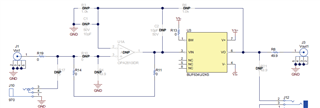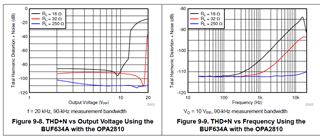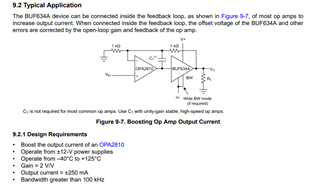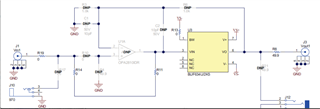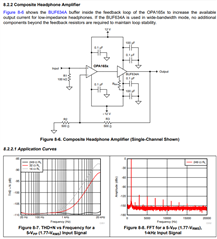Other Parts Discussed in Thread: OPA2810, OPA810, OPA1656, INA1620, OPA1655
I am used to seeing a cap in series with t he negative input resistor on AC/audio op amp circuits. Why no such cap with this part? I also had another question elsewhere here that the eval board has a capacitor option across this resistor rather than series. Don't see that done either.


